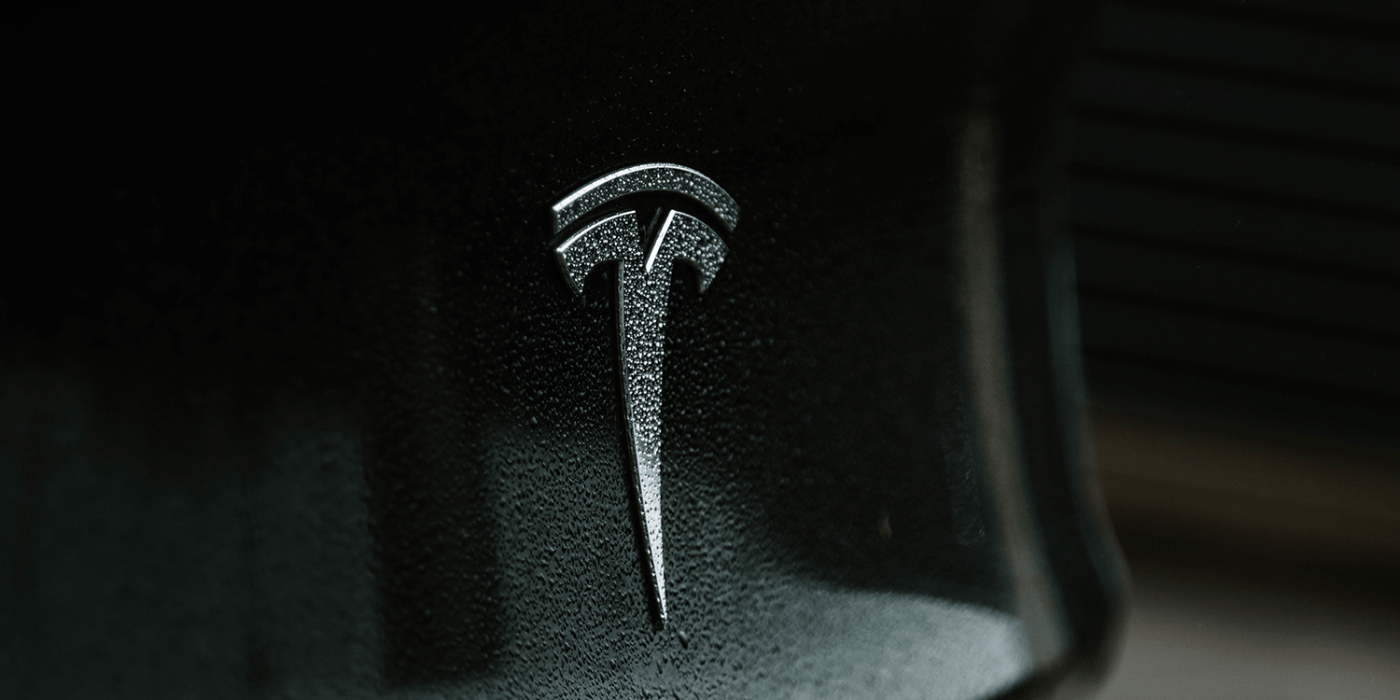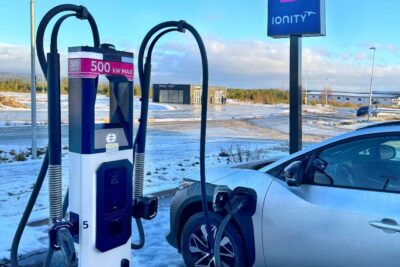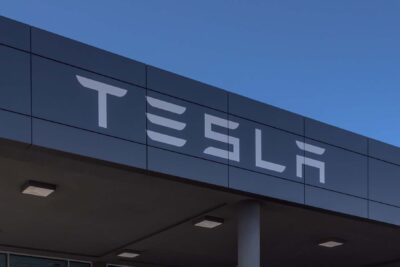Tesla gains testing approval from Brandenburg for Giga Berlin
Tesla has received approval from Brandenburg’s State Office for the Environment (LfU) to start functional tests at its Grünheide plant ahead of schedule. However, there are conditions that the functional tests cannot be used as trial operations.
Specifically, Tesla was permitted to carry out functional tests on equipment in the paint shop, foundry and body shop, as well as the installation of tanks for wastewater treatment and the refuelling system. The permitted functional tests on various plant components include cleaning and pressure tests on the plant equipment, signal tests, filling of plants for test purposes, functional tests of machines, apparatus, tanks and burners.
The duration of the respective tests is limited and the use of material is set to small quantities. It is emphasised that this is not a trial operation, “as no workpieces that can be used later are produced”.
In concrete terms, for example, the melting furnace lines for aluminium are allowed to be tested once with precisely prescribed quantities, as are the holding furnaces and the die-casting machines. In the body shop, tests with the conveyor systems and robots are permitted in order to exclude collisions. In a total of three performance tests, 214 joined car bodies may be used, and the maximum quantities of adhesives and sealants are specified to the nearest kilogram.
These are only a few excerpts; for the paint shop, the list of permitted tests is much longer. The complete permit with 38 pages is linked at the end of the text.
The LfU also reports that the installation of tanks for wastewater treatment and tanks for the central tank farm will be approved ahead of schedule. “Only small quantities of water-polluting and accident-relevant substances will be used in the functional tests, so that the findings obtained from the recently submitted accident report did not conflict with this decision,” the LfU said. “The approval is linked to conditions for the protection of groundwater. In particular, the tests must be accompanied by an expert examination.” In addition, the emissions generated during the tests must be monitored and a measurement plan must be submitted to the Environmental Agency before the tests begin.
With reporting by Sebastian Schaal, Germany.
mluk.brandenburg.de, drive.google.com (complete form, both in German)





0 Comments